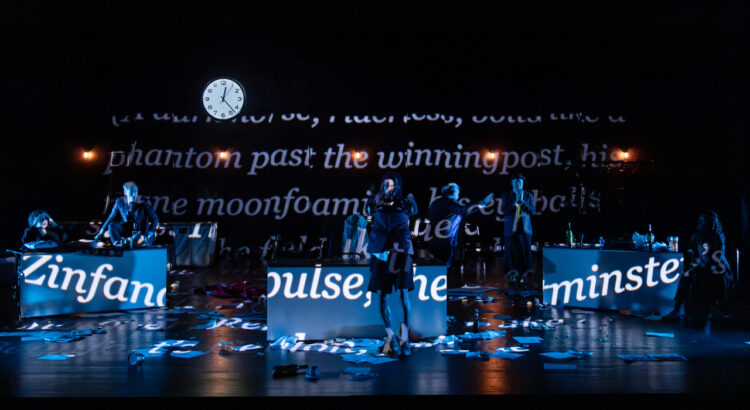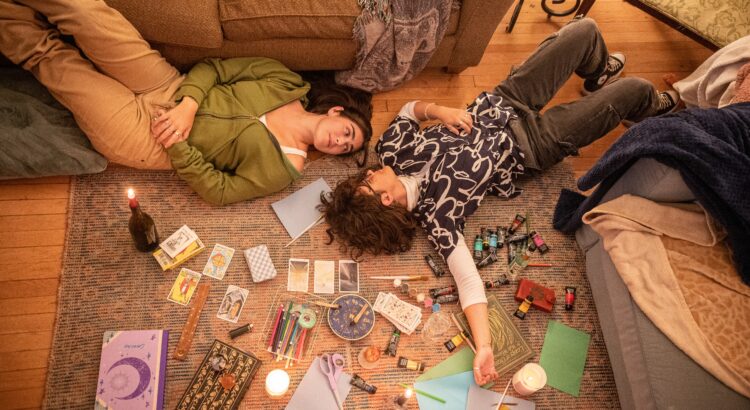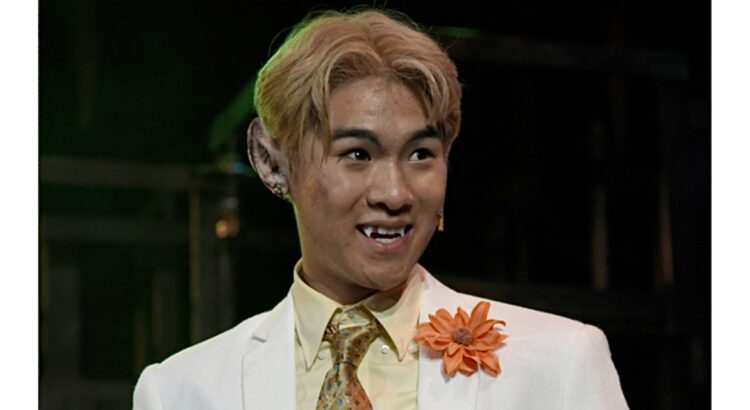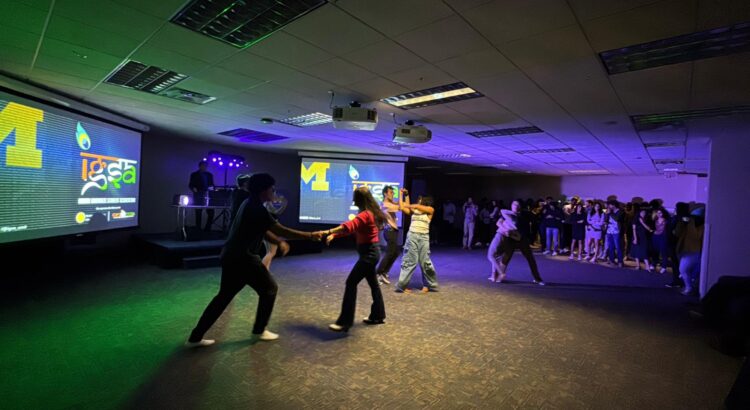Roy Cohn is a malicious vulture on screen: he flicks his tongue over his lips, piercing eyes bulging out of the sides of his face, head bobbing as he sizes up his prey. His philosophy can be summed up as “play the man not the ball,” and he backs up that worldview with a hidden backroom filled with incriminating tapes he uses to blackmail the necessary judge, politician, or prosecutor. In “The Apprentice,” we see how he turned a young, ambitious Donald Trump into the former president America knows today.
Director Ali Abbasi’s fantastic Donald Trump origin story is shepherded by the acting chops of its two stars: Jeremy Strong, tragic figure of “Succession,” as Roy Cohn, and Sebastian Stan, squared-jawed Marvel hero, as Donald Trump. When the two meet in an exclusive NYC club in the 1970s – Cohn already an established lawyer and Trump a real estate upstart looking to impress his draconian father – thus begins a relationship that will last decades. Trump is struggling with a lawsuit alleging anti-black discrimination against his tenants. Cohn, the shrew political operator, makes his problem go away. Perhaps he sees something in the young man desperate to make a name for himself. Perhaps he simply likes having the tall, blonde, handsome – as he says, “thoroughbred” – Trump around. Either way, the apprentice is born.
Aside from the first meeting scene, which sets the stage, the plot zooms through key points in the Trump timeline. He’s buying the decrepit Commodore hotel! He’s fighting for a tax break from anti-corruption mayor Ed Koch! He’s being interviewed on TV! He’s buying casinos! He went bankrupt! He’s back again! Roger Stone is convincing him to run for office under the slogan “Make America Great Again”….well, we know how that ends up.
Many Americans are only familiar with the third act of Trump’s story. “The Apprentice” introduces us to the first and second. The plot is certainly entertaining enough to captive audiences for its two-hour runtime. But the emotional core of the movie is the relationship between Cohn and Trump, played to perfection by both actors, and its evolution as Trump goes from apprentice to master of the universe. Trump’s intoxication with Cohn – who journalist Wayne Barrett described as having “the presence of Satan” – is plenty juicy. But Trump’s surpassing of Cohn, even betrayal of Cohn as Trump gains power, is much more poignant.
Alongside actors Strong and Stan is an incredibly talented supporting cast. Fred Trump (Martin Donovan) is as terrifying as he is bushy-eyebrowed. Fred Trump Jr. (Charlie Carrick), Trump’s older brother who died young from alcoholism, should have his own movie. The best in the bunch is perhaps Maria Bakalova as Trump’s first wife Ivana, the Czechoslovakia-born powerhouse, who is a capable interior designer as well as socialite to the New York City elite. This hardworking drive would eventually lead to her divorce, with Trump, jealous of people seeing his wife as his business equal, leaving Ivana for his mistress.
Obviously (at least in my opinion), Abbasi’s releasing of the movie just 25 days before the election is a political move. Trump’s campaign manager duly responded, calling the movie “garbage” and “malicious defamation” that “sensationalizes lies” about Trump. I certainly do not believe “The Apprentice” will sway any Trump voters to the other side. In fact, the movie will most likely contribute to his cult of personality. Who is this businessman, this charlatan, this leader of men, this future president, this bumbling idiot. To whom did we vest the most power in, perhaps, the entire world. Who is The Donald? Do we want to find out?










